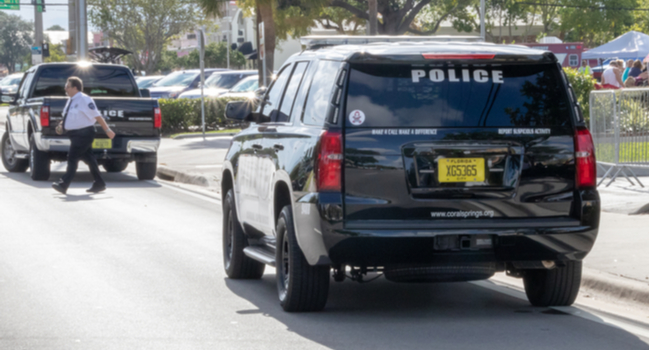
Student Skipping Class Causes Florida School to go into Lockdown
A student, skipping out on class, set off a panic and lockdown Friday at Coral Springs High School in Florida after he was reported as an intruder.
- By Sherelle Black
- November 19, 2019
In an age where school shootings are coming commonplace, something like a student skipping class could trigger a school to go into lockdown.
On Friday, a day after a mass shooting in Santa Clarita occurred, Coral Springs High School went into lockdown after it was reported that an intruder was on campus.
The “intruder” happened to be a student who was skipping class and was spotted scaling a fence to leave school early, reported the South Florida Sun Sentinel.
After law enforcement was contacted, police used dogs and drones to make sure there was not a threat.
“We did take the potential for someone being on campus very seriously,” Sgt. Carla Kmiotek said to the Sun Sentinel. She said security crew gave police a description of the student and the clothes he was wearing, and an officer driving in the area found him walking at The Grove at Turtle Run, where he admitted jumping the fence to leave. The student was not taken into custody because he had not committed a crime, authorities said.
The Coral Springs Police tweeted “CS High School Security saw a juvenile by the face and it was unclear if they were coming onto campus or leaving and the school was put onto a precautionary lockdown. Contact was made with the student and it was determined no one was in immediate danger.”
“It is a complete shame that students and faculty have to live in this reality where fear is paramount to education,” said Joshua Simmons, a Coral Springs High teacher who also is a city commissioner to the newspaper. "Teachers were scrambling and grabbing students out of the hallways and everyone was in fear. This is truly sad.”
About the Author
Sherelle Black is a Content Editor for the Infrastructure Solutions Group at 1105 Media.